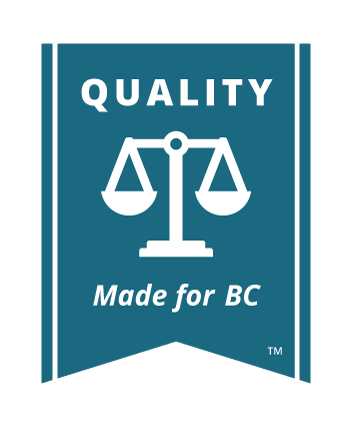You begin an application by preparing, filing, and delivering a notice of application to the other parties (Form F31). If you prepare and deliver the notice of application, you are the applicant. If you receive a notice of application from another party, you are the application respondent.

Key Terms
The Applicant is the person asking the court for certain orders in the Notice of Application.
There are specific rules around filing a Notice of Application. There rules are found in Part 10 of the Supreme Court Family Rules titled “Obtaining Orders Other Than at Trial”.

Read the Rules

Find the Form
Form F31- Notice of application
A notice of application must be in Form F31. It must not exceed 10 pages (other than any draft order you attach) and must set out the following information:
Who, where, and when: The top section of the notice of application sets out who you are serving with the documents, the address of the court where the application will be heard, and the date and time of the hearing.
Before preparing the application, discuss the date of the hearing with the other party to choose a date when you are both available. If you set a date for the hearing when the other party is not available, you will both have to appear in court when the other party applies to adjourn the hearing. This is an unnecessary waste of time and costs. However, if you cannot agree on a date, you can choose a date to put in the notice of hearing. If you expect the hearing to take more than 2 hours, the court registry will fix the date and time of hearing.
In almost all cases, your application should be heard in the courthouse where the notice of family claim was filed. If you want to have the application heard somewhere else, see Rule 10-2 for information about the place of hearing.
What you are asking for: Part 1 of the notice of application requires you to set out the order you are asking the court to make. This information should be set out in numbered paragraphs. The notice of application should clearly state the order you want because you will use this to draft your order. Remember that you can ask for more than one thing in your application. For example, you may want to get further documents and an order requiring a party to attend an examination for discovery. However, each thing you are asking for should be set out in a separate paragraph. You can also attach a draft of the order you are seeking.
Facts: Part 2 of the notice of application asks you to set out the factual basis of your application. You need to set out, in numbered paragraphs, a brief summary of the facts supporting the application.
Law: In Part 3 of the notice of application, you must set out the legal basis of the application, including the rule or enactment (i.e., regulation or statute) that gives the court the power to make the order you are seeking. If you see a lawyer before preparing your notice of application, this is something you should ask about.
Evidence: Part 4 of the notice of application requires you to list the affidavits and any other material that you are going to rely on in making your application. You can also rely on other documents such as pleadings, answers to interrogatories, or examination for discovery excerpts.
Time Estimate: You are required to set out in the notice of application how long you think your application will take to be heard. In this estimate, you must take into account the time you think it will take the other side to respond to your submissions in court. It is important to be as accurate as possible in giving this time estimate to the court. See Rule 10-3(6).
If your application will take longer than 2 hours, you may also submit written submissions, which include a summary of your argument, and an explanation of how the case law and legislation supports your position.
Judge or Master: You will have to indicate if your application is within the jurisdiction of a master, or if it must be heard by a judge. When selecting if the matter is within the jurisdiction of a master, you should consult Practice Direction Masters’ Jurisdiction PD-50. Often if you end up in Chambers (court) for an Application, you will be before a Master.

Key Terms
A Master is appointed to the Supreme Court of BC similar to a Justice; however, Masters have different authority than Justices under the Supreme Court Act (see Section 11.3) and cannot make decisions on all the matters that Justices can. You can address a Master by saying “Your Honour”.

Read the Rules
Rule 10-6(3) Contents of notice of application
It is important to fill in all parts of the notice of application. If you do not fill it in completely, a judge may refuse to hear your application and there could be cost consequences against you.







 JusticeEducation.ca
JusticeEducation.ca JusticeEd
JusticeEd /JusticeEducation
/JusticeEducation